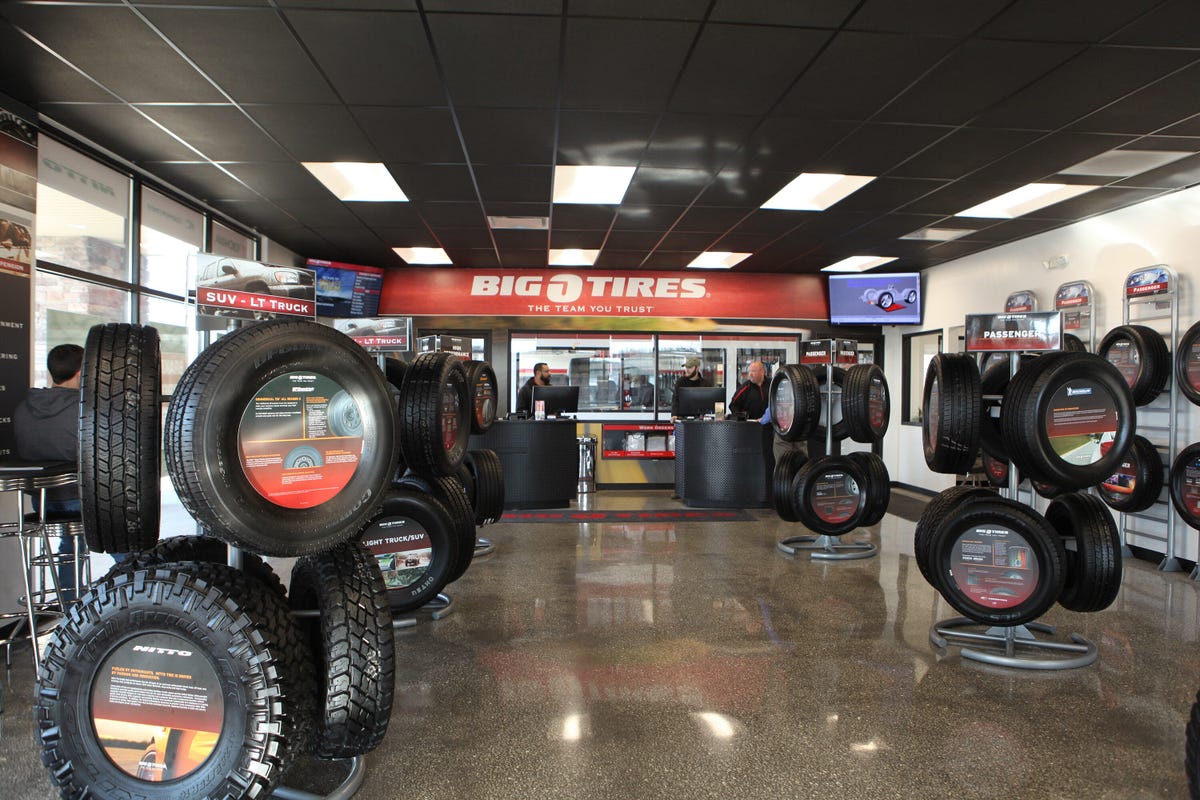Top Quality Tire Shop Morris: Your Best Location for Tire Demands
Tire Service: Recognizing Tire Stress Monitoring Solutions
Comprehending Tire Pressure Monitoring Equipments (TPMS) is an essential facet of keeping ideal vehicle performance and safety and security on the road. With innovations in vehicle technology, TPMS has actually become a standard feature in contemporary automobiles, supplying real-time information on tire stress levels.

Relevance of TPMS
The significance of Tire Stress Surveillance Equipments (TPMS) hinges on their capacity to boost lorry safety and security and performance through real-time surveillance of tire stress levels. Maintaining the appropriate tire pressure is essential for making sure optimal handling, braking, and general security of an automobile. TPMS provides chauffeurs with instant feedback on any type of underinflated or overinflated tires, allowing for timely changes to be made.
Parts of TPMS
Comprising different crucial aspects, a Tire Stress Tracking System (TPMS) works as an innovative security feature in modern cars. The main elements of a TPMS include sensing units, a control module, and a warning indication. Sensors are usually situated in the tire shutoff stem or affixed to the wheel assembly, where they determine tire stress and send information to the control component. The control component procedures this info and causes a caution if it spots significantly reduced pressure in any of the tires. The warning indicator, typically a sign on the dashboard, informs the driver to check the affected tire or tires. Some advanced TPMS versions additionally display the actual tire pressure analyses for every tire, giving motorists with real-time information to make certain ideal tire performance and safety and security. By keeping track of tire pressure constantly, TPMS helps avoid crashes, decreases tire wear, and boosts gas efficiency, making it a critical element for automobile safety and security and performance.
Types of TPMS

On the other hand, indirect TPMS counts on the automobile's wheel rate sensors to check tire pressure. This system spots underinflation by contrasting the rotational speeds of the wheels. Indirect TPMS is much less pricey than direct TPMS, as it utilizes existing sensing units within the vehicle.
While straight TPMS browse this site offers a lot more accurate readings, indirect TPMS is less complex in layout and commonly requires much less maintenance. Both systems have their constraints and advantages, and the selection in between them commonly relies on aspects such as expense, automobile make, and personal preference. Understanding the differences between these two sorts of TPMS can aid automobile proprietors make educated choices pertaining to tire maintenance and security.
TPMS Upkeep Tips
Effective maintenance of TPMS is crucial for making sure ideal performance and safety and security of your vehicle. Frequently evaluating the TPMS sensors for any kind of damage or corrosion is crucial. Guarantee that the sensors are totally free and clean from debris that could hinder their functioning. In addition, it is advisable to examine the sensor batteries occasionally and change them as required to assure exact analyses. Conduct routine look at the tire stress degrees and compare them with the TPMS readings to ensure they correspond. If there are any type of inconsistencies, recalibrate the system following the producer's guidelines. In addition, throughout tire turning or replacement, ensure that the TPMS parts are taken care of very carefully to click avoid any type of prospective damage. If the TPMS alerting light brightens on the dashboard, deal with the issue immediately by checking the tire pressures and the total system for any mistakes. By adhering to these upkeep suggestions, you can prolong the life-span of your TPMS and enhance the safety and security of your driving experience.
Advantages of Correct Tire Stress
Maintaining correct tire stress, as emphasized in TPMS Maintenance Tips, is critical for gaining the numerous benefits connected with ideal tire stress degrees. Additionally, appropriate go to the website tire pressure makes certain even tire wear, extending the life expectancy of the tires and promoting much safer driving problems. In verdict, the advantages of correct tire pressure go beyond simply tire long life; they include improved gas efficiency, boosted safety and security, far better vehicle efficiency, and general driving comfort.
Conclusion
Finally, recognizing tire stress tracking systems (TPMS) is essential for maintaining optimal tire pressure and making sure automobile safety. By acknowledging the importance of TPMS, recognizing with its elements, understanding the different kinds offered, sticking to correct upkeep ideas, and realizing the advantages of preserving appropriate tire pressure, vehicle drivers can enhance their driving experience and prolong the life-span of their tires. Appropriate tire pressure is crucial to secure and efficient vehicle operation.
